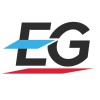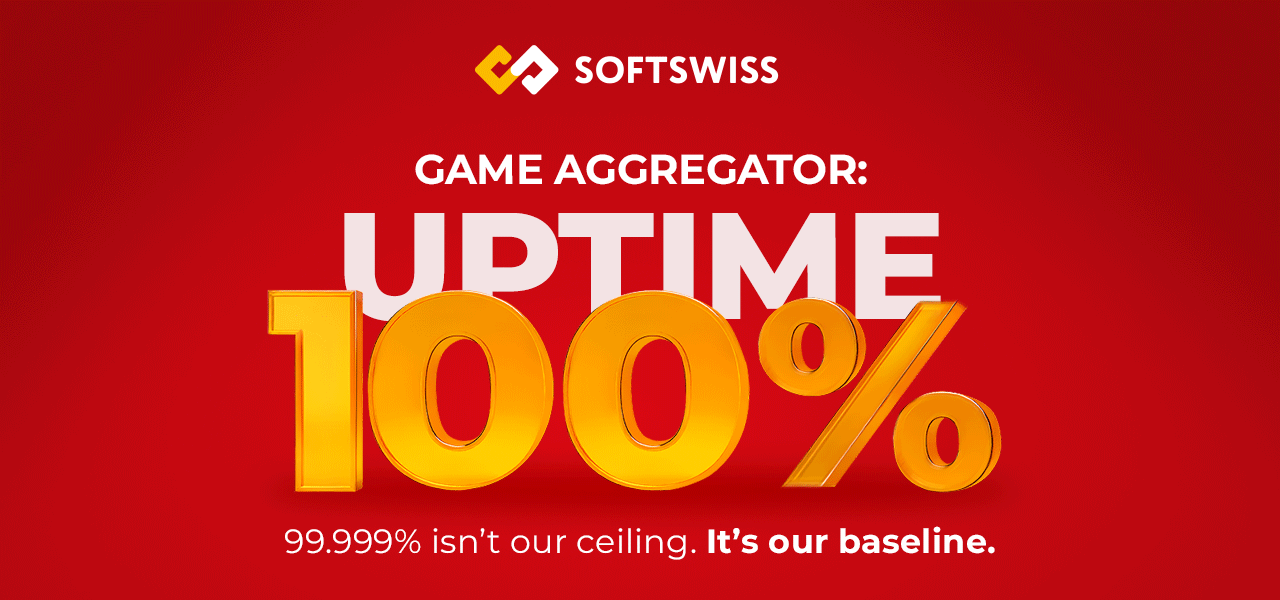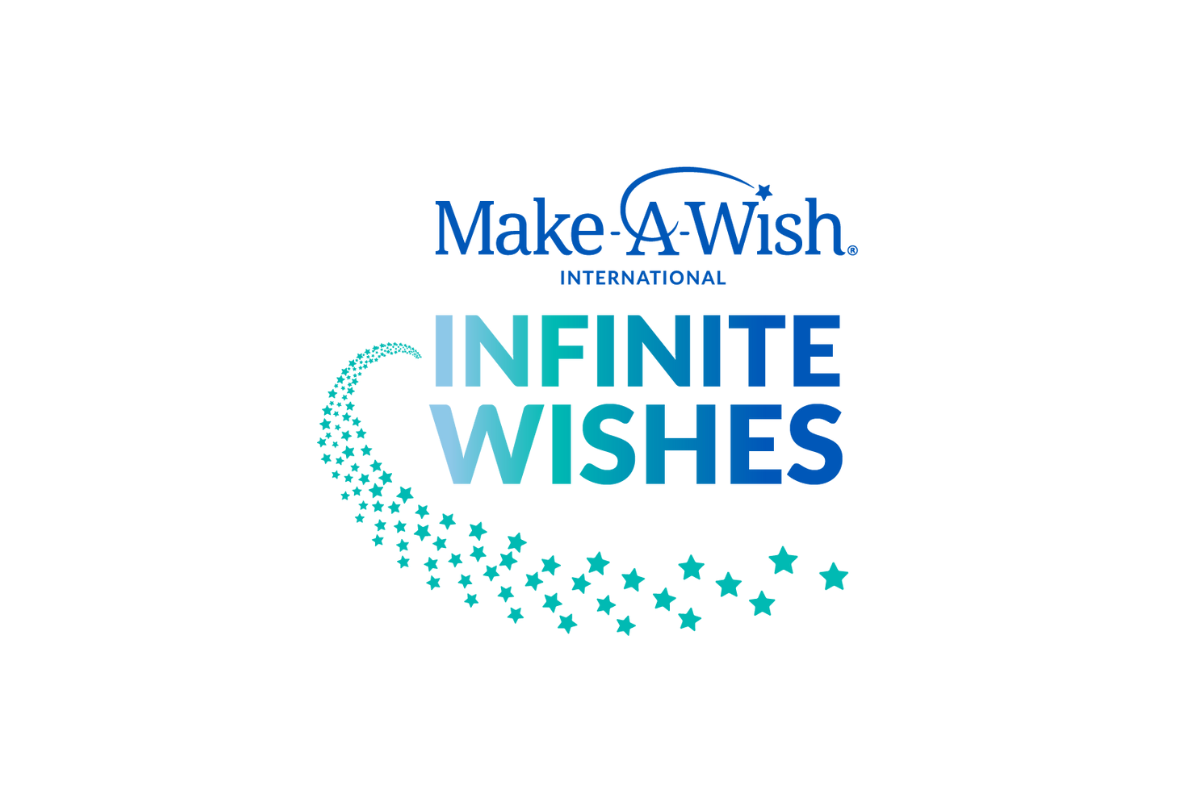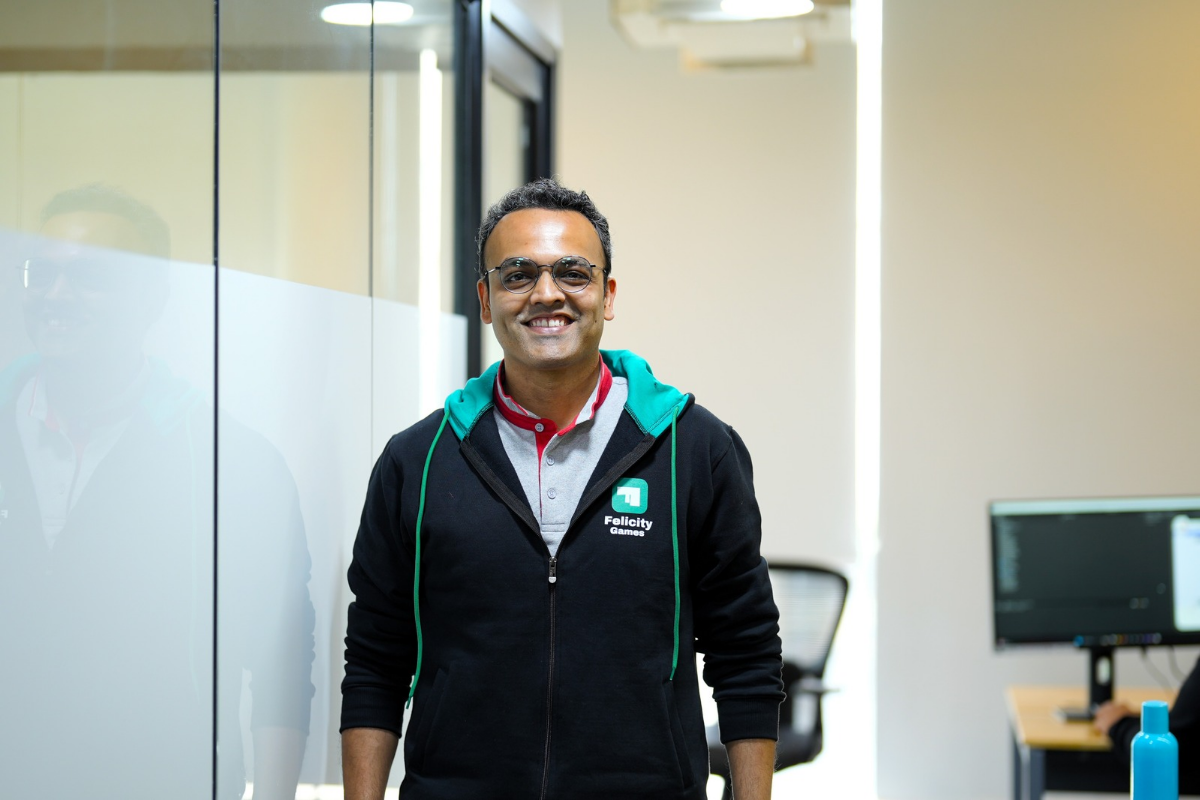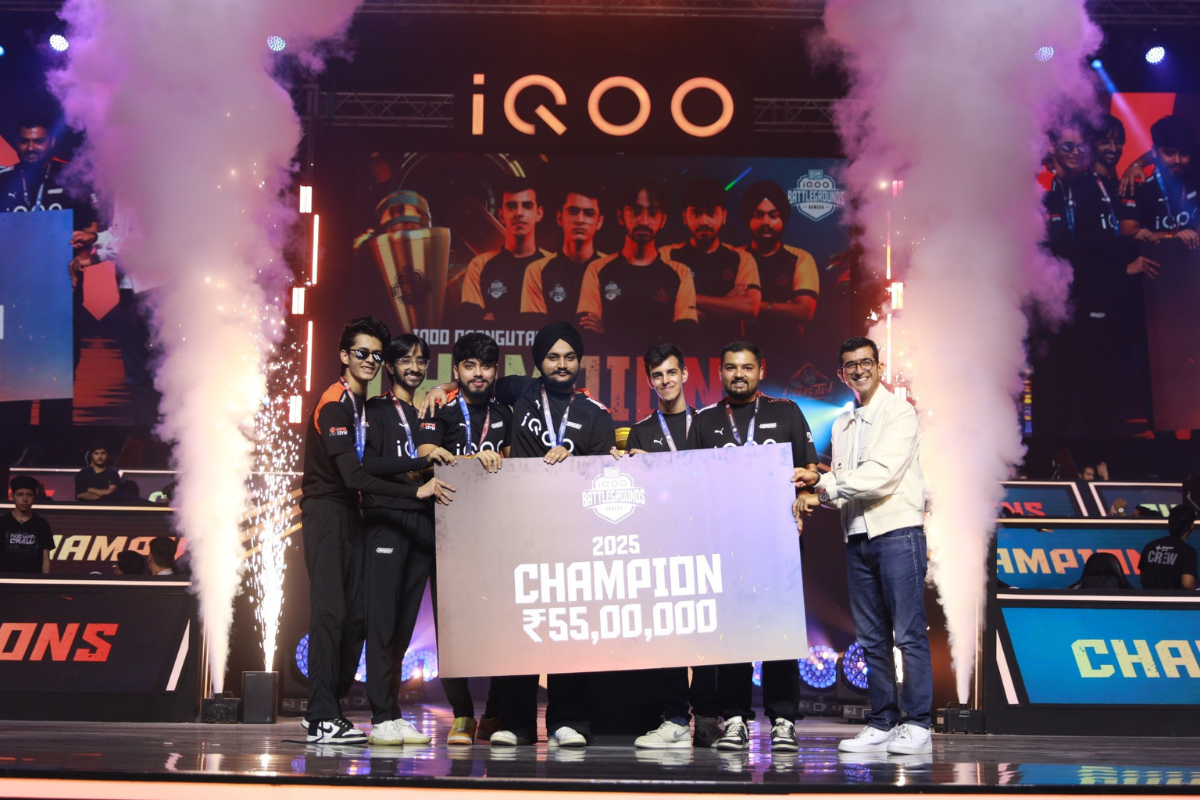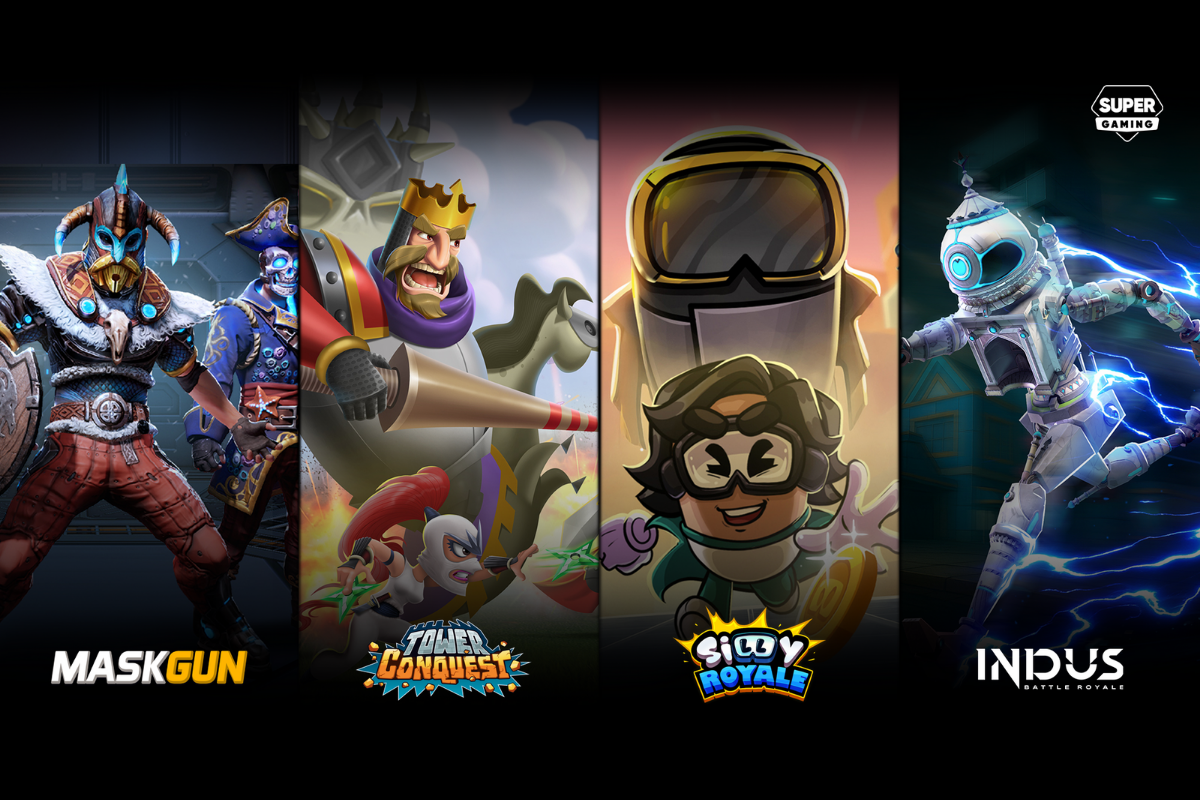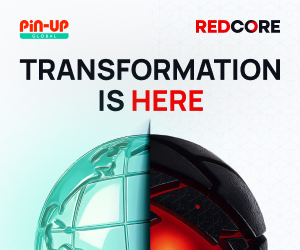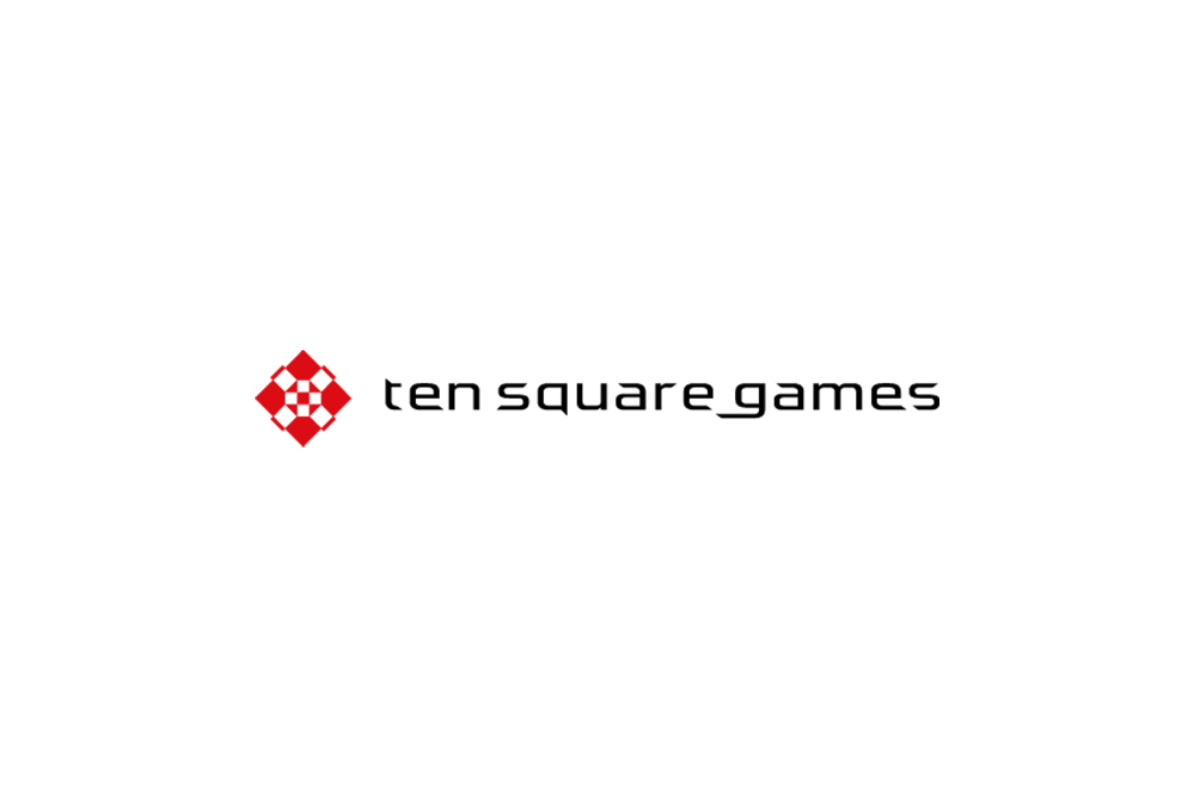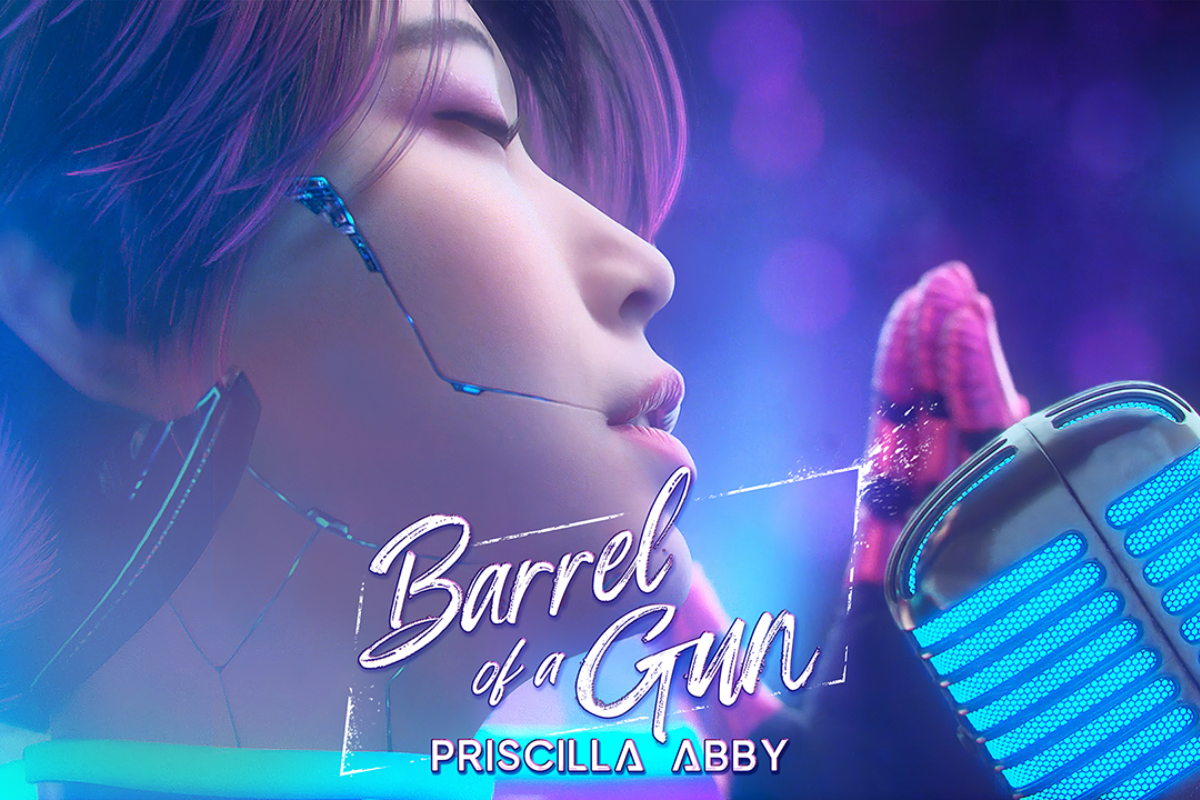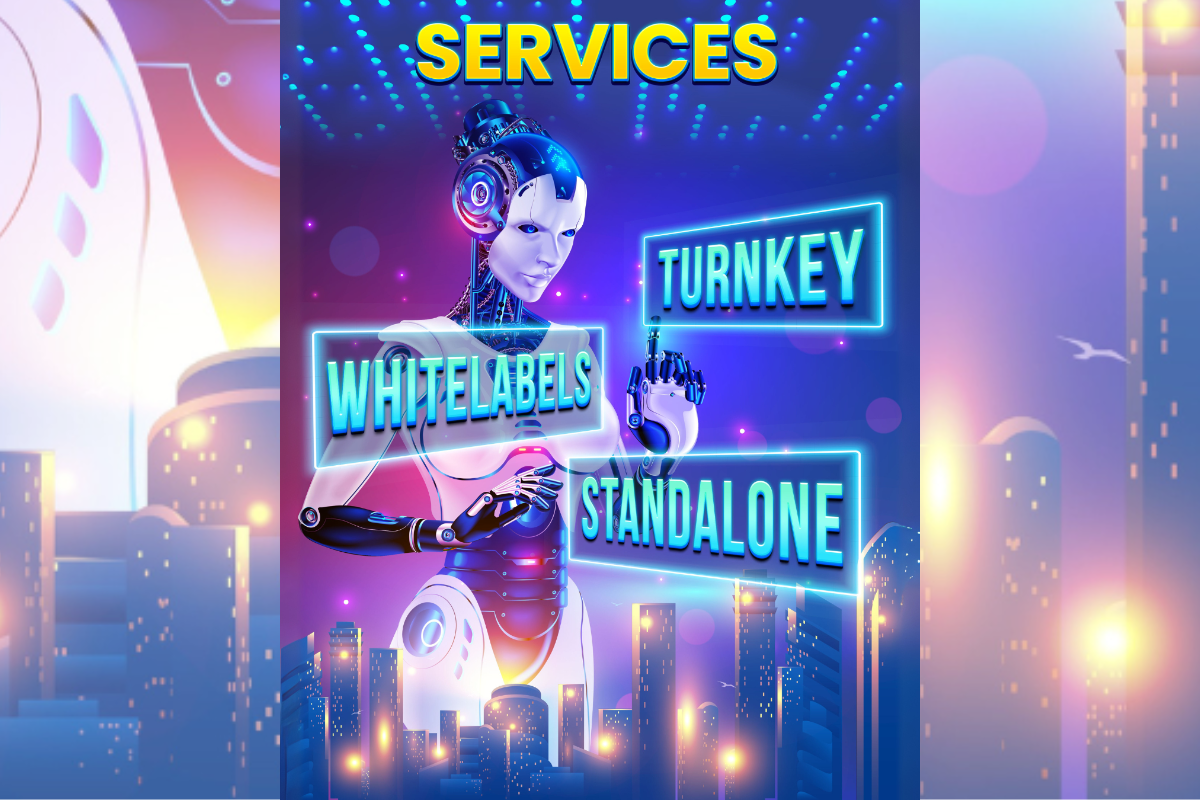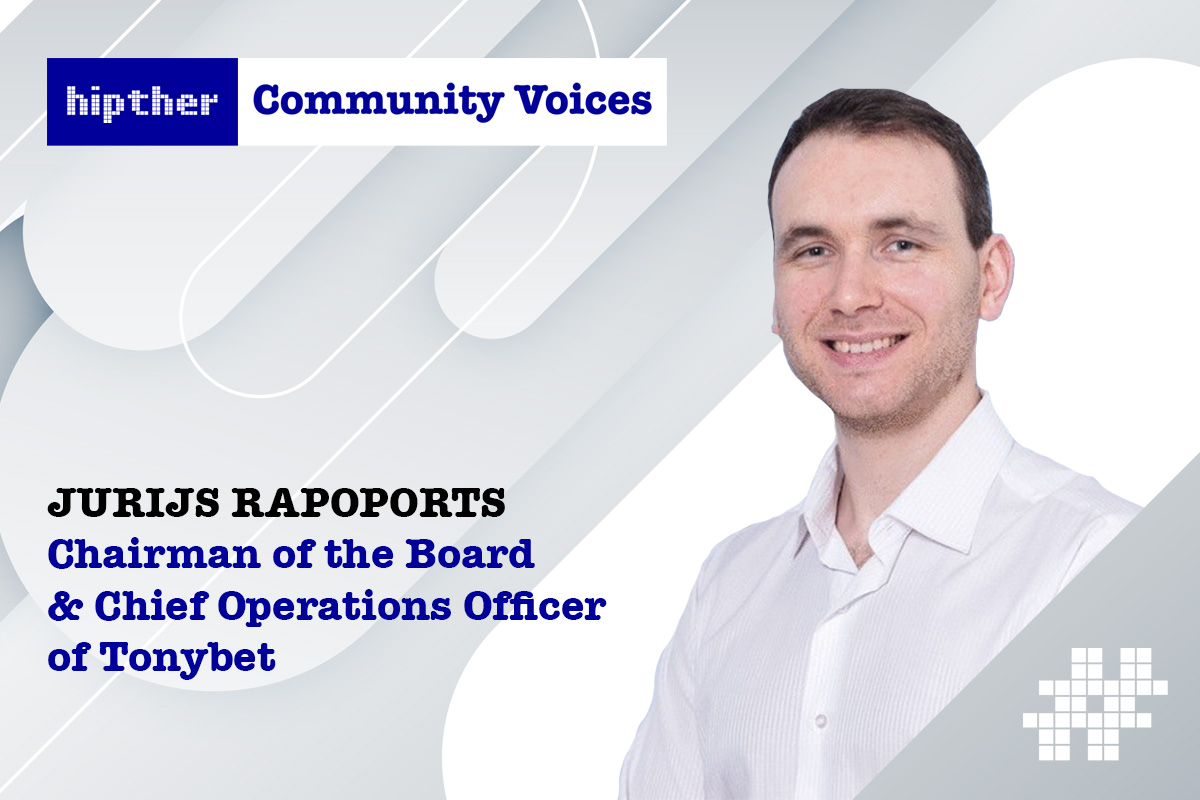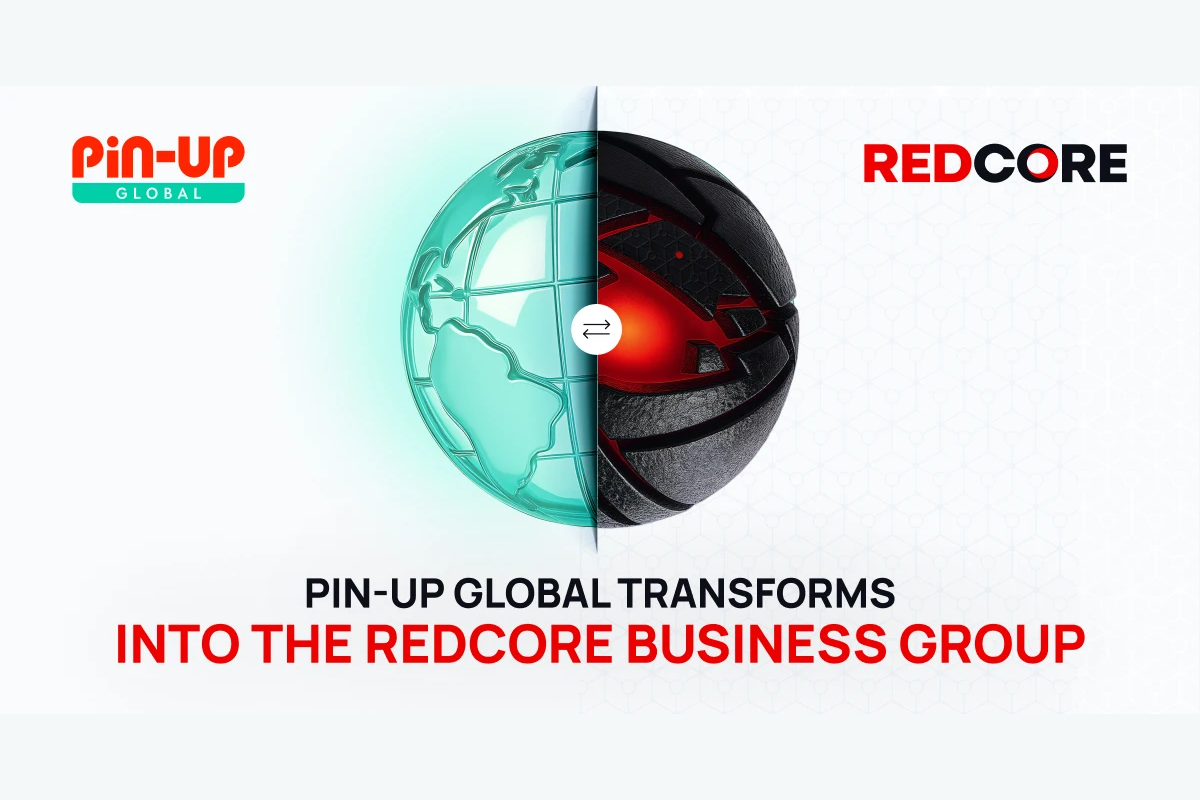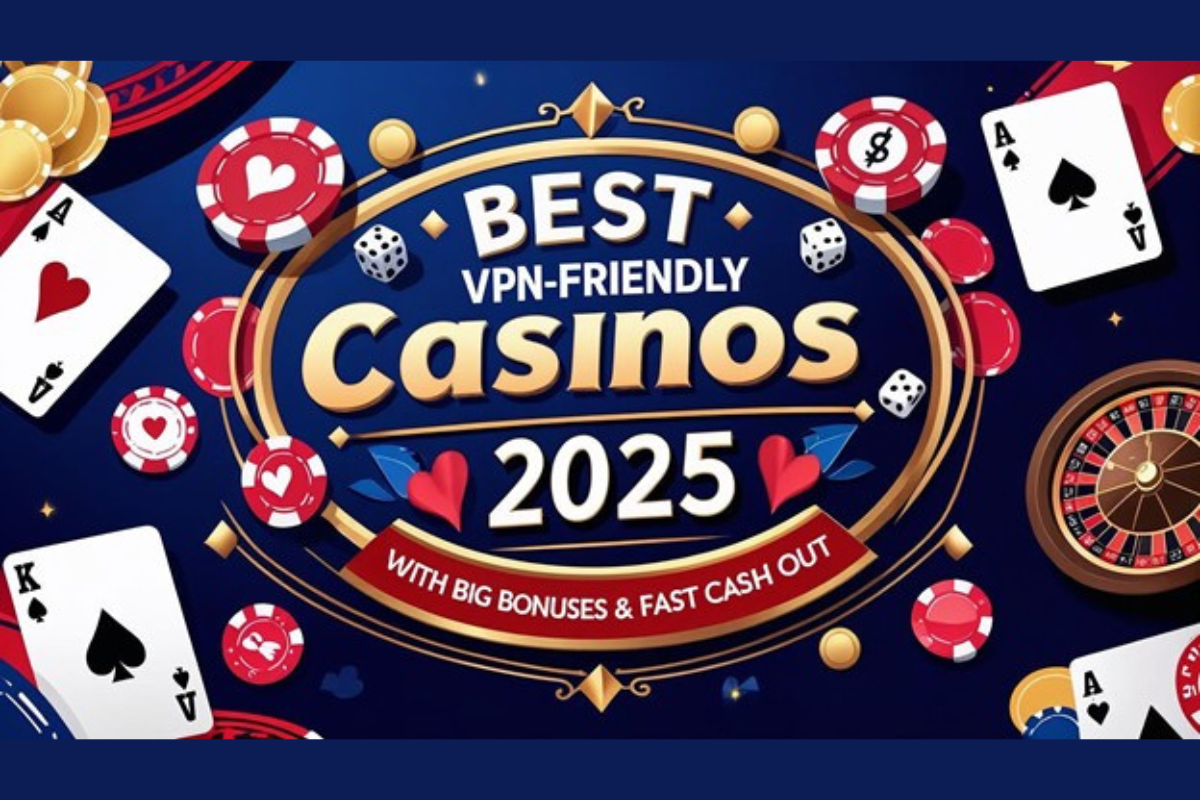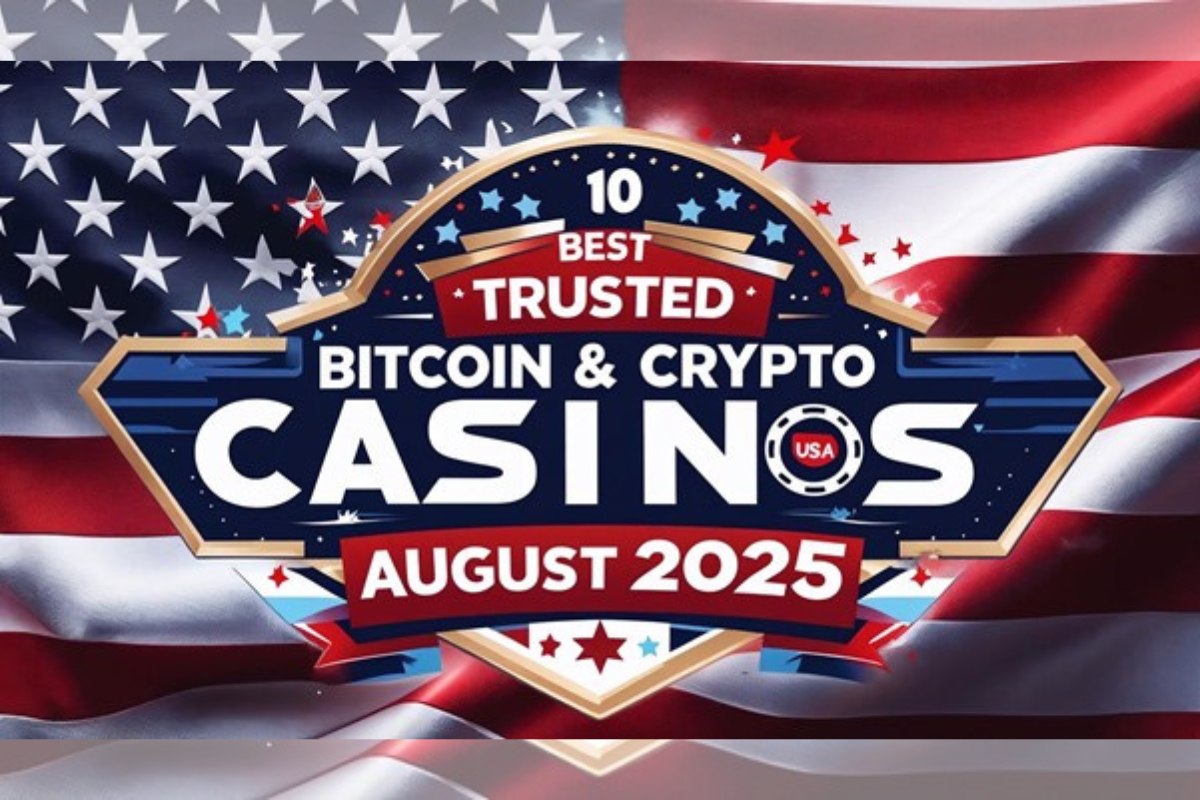Gaming
Are Fortnite-style branded collaborations the key to Overwatch 2’s future success?
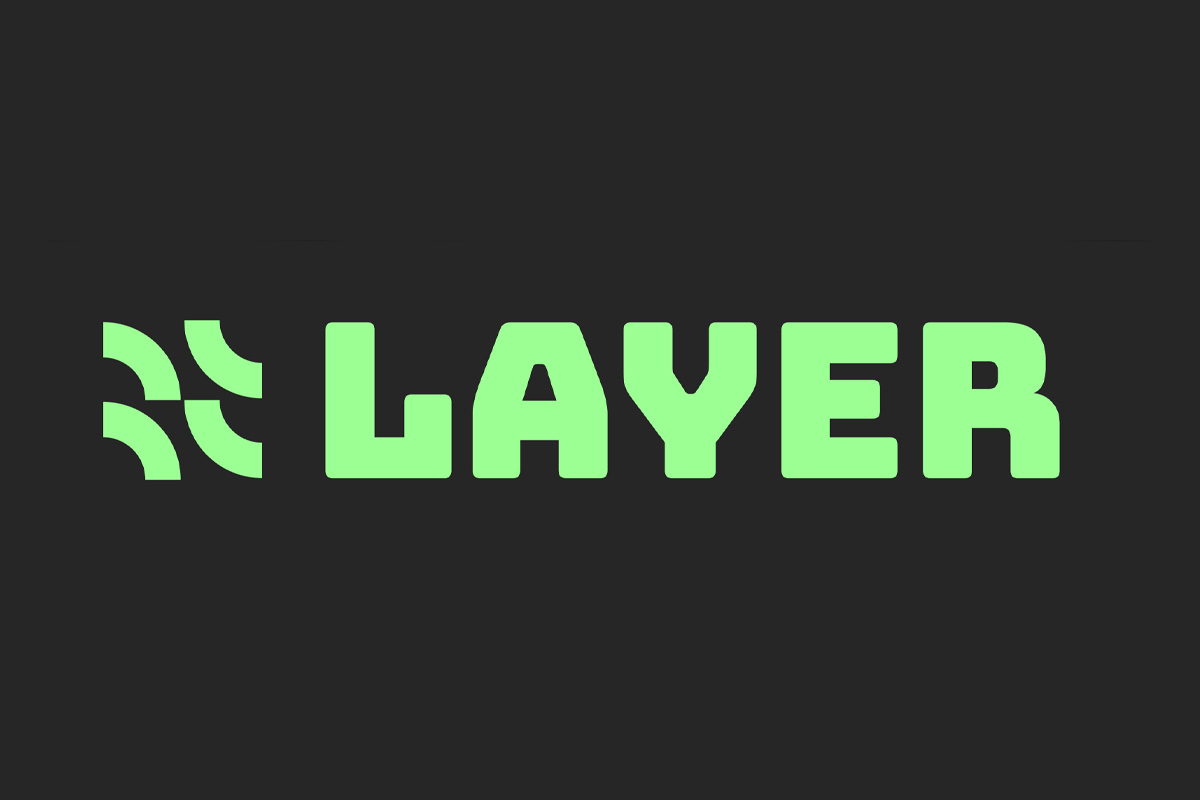
It’s been a rough month for the launch of Overwatch 2. In the first few days of its release, Blizzard’s long-awaited sequel to the 2016 team-based shooter was plagued with connection issues, leaving millions of players unable to enter matches. While many of the problems relating to server issues have now been addressed, Blizzard now has another challenge on its hands: making enough sales from microtransactions to support the franchise’s move to a free-to-play model.
So far, that’s been pretty difficult. Overwatch 2’s recent Halloween event, Halloween Terror, introduced a variety of themed character and weapon skins into the game for the ‘discounted’ price of 2000 Overwatch Coins each, roughly the equivalent of $20. A legendary skin for the character Kiriko was available for 2600 Overwatch Coins, a discount on the original price of 3700 Overwatch Coins. As you might imagine, this is already causing upset amongst some players, especially as this year’s Halloween update removed the option to earn unlockable skins simply by progressing through the game.
Evidently, some players aren’t willing to spend over $20 for an alternative outfit for their character. However, we do know that players are more than happy to spend roughly the same price in other free-to-play games such as Fortnite to unlock characters from popular franchises, whether that’s Goku from Dragon Ball Z or Marvel’s Spider-Man. This is something that Jon Spector, Overwatch’s commercial leader and vice president at Blizzard, seems well aware of, according to a recent interview with GameInformer.
In the interview, Spector announced that while he isn’t a Fortnite player, he thinks it’s ‘super cool’ and ‘awesome’ to see branded collaborations such as Naruto appear in Fortnite.
“As we look at the Overwatch 2 space, those are things that we’re interested in exploring,” he says.
So, with Overwatch 2’s current monetisation strategies leaving a lot to be desired, could we see a shift towards branded collaborations as a core monetisation strategy rather than the traditional legendary and epic skins? Dropping the price of skins and embracing Fortnite-style collaborations would make a lot of commercial sense for Overwatch 2, especially as the company still seems torn on its pricing, according to a recent survey sent out to select players.
We know that Fortnite’s collaborations with the likes of Marvel, NFL, Nike and Ferrari have been hugely successful for Epic, largely due to the amount of revenue they generate from the sale of cosmetic items such as skins, emotes, banners and emoticons. As an example, the game’s collaboration with NFL resulted in 3.3 million NFL-themed skins being sold for $15 each in November and December 2018, according to leaked court documents from the Apple v Epic case. That’s nearly $50 million in revenue.
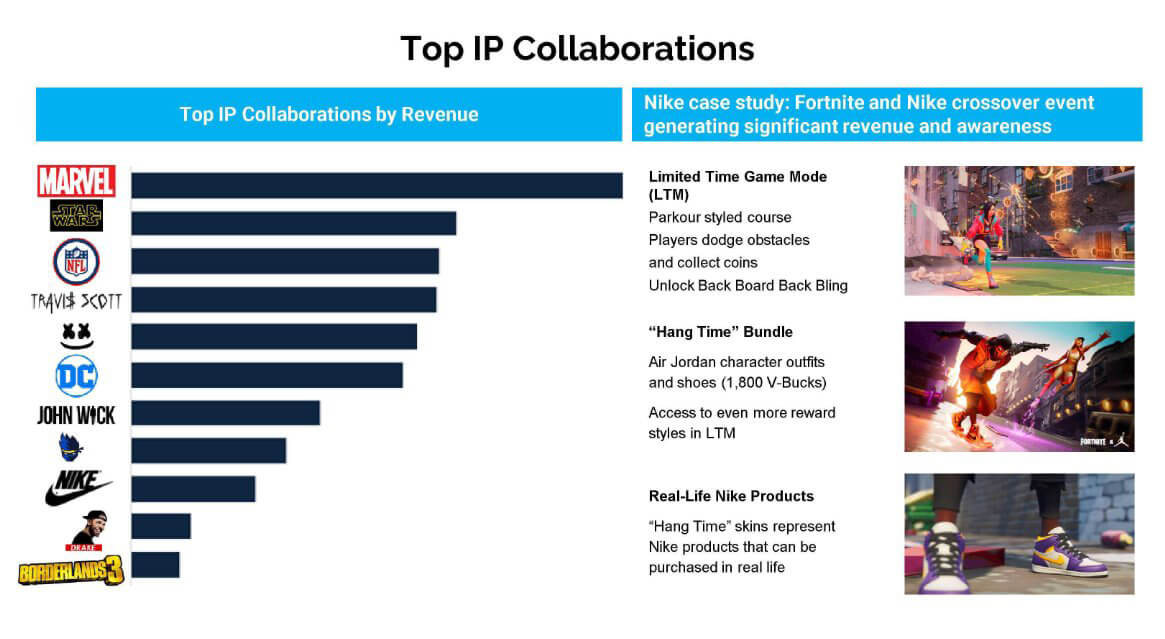
The big question now is how easily Overwatch 2 can replicate Fornite’s primary business model, and how well-suited these collaborations are for the Overwatch brand.
One of the biggest challenges facing Overwatch 2 is the fact it’s a hero-based shooter, with each hero boasting their own unique set of skills, traits and playstyles. As is often the case with team-based shooters, players often find themselves favouring specific heroes, whether that’s offensive heroes or defensive heroes that suit their preferred styles of playing.
This means Overwatch 2 will have to think carefully about how it rolls out branded collaborations. As an example, will a Marvel collaboration introduce special themed skins for every single hero in the game, or will it introduce a new limited-time character into the game? The introduction of any new character will have to be calculated carefully, so it doesn’t negatively impact the balance of existing characters.
It’s more likely that Overwatch 2 will introduce themed skins rather than new characters such as those seen in Dragon Ball Z. Depending on the popularity of the IP that Overwatch 2 pursues, I suspect players will be more susceptible to investing $15 or $20 into a skin that turns their favourite Overwatch hero into an alternative version of their favourite anime, film, TV or comic book characters, whether that’s Spider-Man, Darth Vader or one of The Transformers.
The hero-based mechanics of Overwatch 2 could also mean skins are only available for specific characters. While this might cause backlash amongst some fans at first, it could also open up alternative revenue streams. As an example, the style and appearance of the tank hero Reinhardt lends itself well to a Transformers skin. Players that don’t typically choose Reinhardt but are huge Transformers fans may be tempted to purchase a Transformers skin for him and start using him more. In turn, this could lead to a knock-on effect for players who go on to purchase Reinhardt’s wider cosmetic items.
There’s no denying that Overwatch 2 is a great game; the reviews have been overwhelmingly positive. If Overwatch 2 continues to struggle with monetisation models, branded collaborations like those in Fortnite might be the answer to its future success. But taking an established franchise that previously carried a full-price retail tag and moving it over to a free-to-play model is no easy task.
Key considerations when choosing your target IP
If you’re a game developer looking to emulate Fornite’s IP success, there are a few things you need to consider before bringing IP into your game.
- Don’t pick a target IP just because it’s a really popular brand or character. Look at your game and your players and ask yourself if it’s something that will resonate with them. For example, a clever partnership between The Walking Dead and State of Survival brought 20 million new players to the game. So a good understanding of your player demographics is a must. Be prepared to prove this to the license holders, too, as they’ll be just as interested to know if there’s any audience overlap.
- It may sound simple, but make sure you do your homework. Different IP rights holders can have very different priorities and strict requirements for usage. Bigger properties, especially ones that are popular with children, can be especially stringent as its in the holders interests to carefully limit their use. So, it’s up to developers to demonstrate their ability to comply with them. Being prepared can give you a huge advantage, and help clear some of the initial screening phases and get in front of the right decision-makers.
- There are more ways to integrate IP into your game than ever. So think carefully about your main goals, as simpler in-game items, like cosmetics and skins, are often much easier to negotiate with rights holders due to less complicated terms, plus, lighter development and creative costs can make them much quicker to roll out. FIFA 23 recently brought Apple TV’s Ted Lasso as well as Marvel cards to Ultimate Team, with these simple, smart deals opening the door for more collaborations in future.
Written by: Rachit Moti, founder and CEO at Layer Licensing, a licensing marketplace that helps game creators access brands, characters and stories that players love.
-

 Latest News7 days ago
Latest News7 days agoGamblers Connect Shortlisted for Prestigious Affiliate Awards at SiGMA EURO-MED and SBC Summit 2025
-
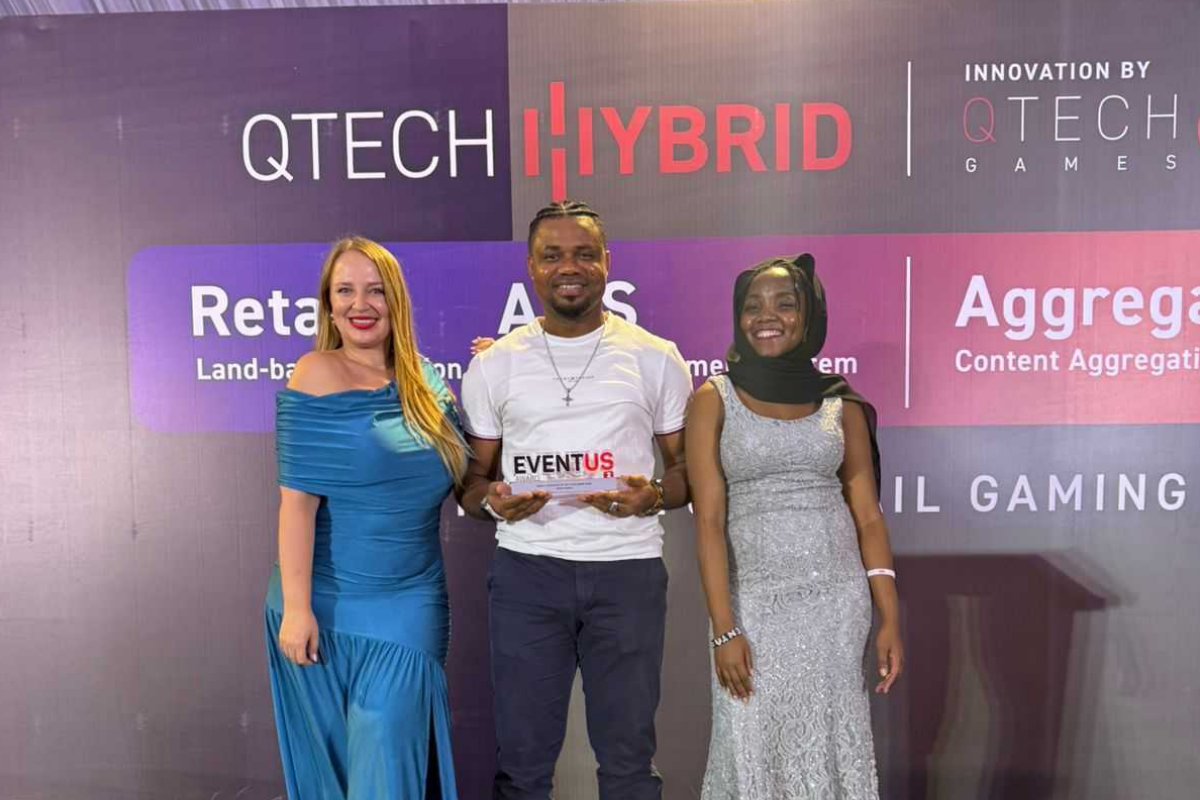
 Africa4 days ago
Africa4 days agoQTech Games wins Best Innovation of the Year at the 2025 SBWA+ Eventus Awards
-
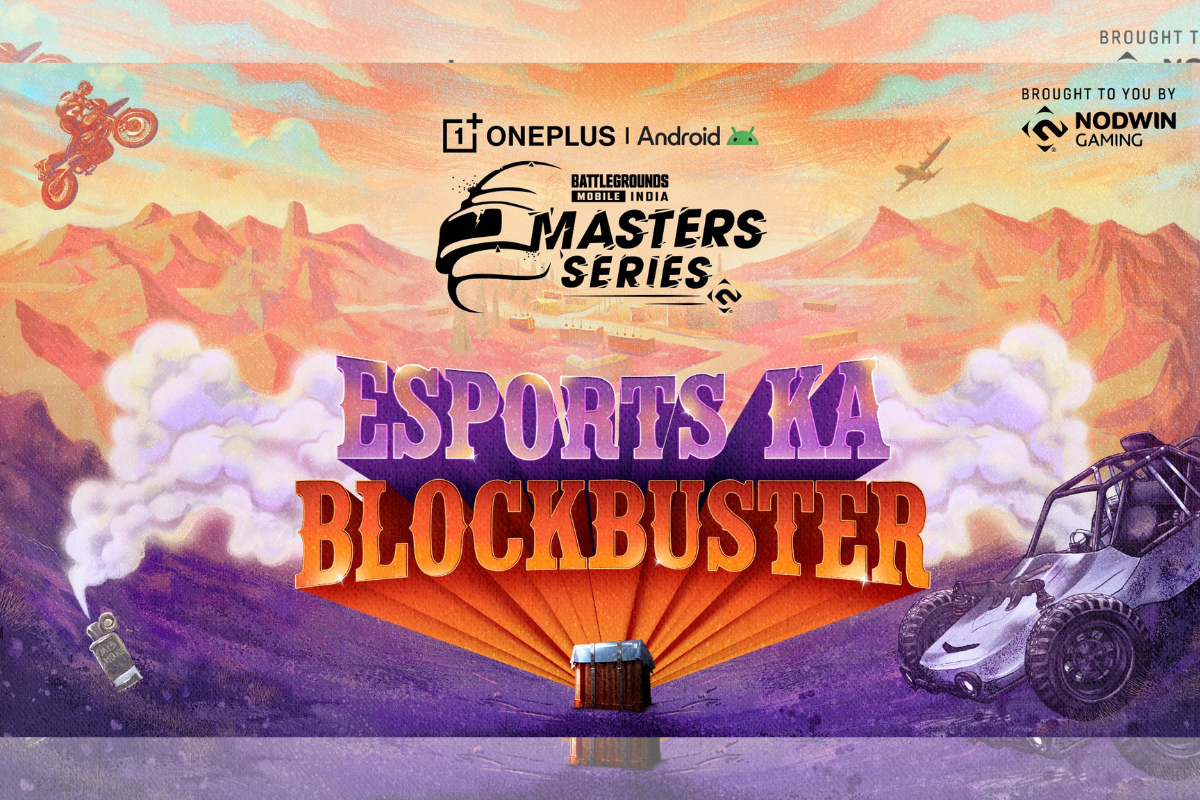
 Asia4 days ago
Asia4 days agoNODWIN Gaming and JioStar Unveil OnePlus Android BGMS Season 4
-
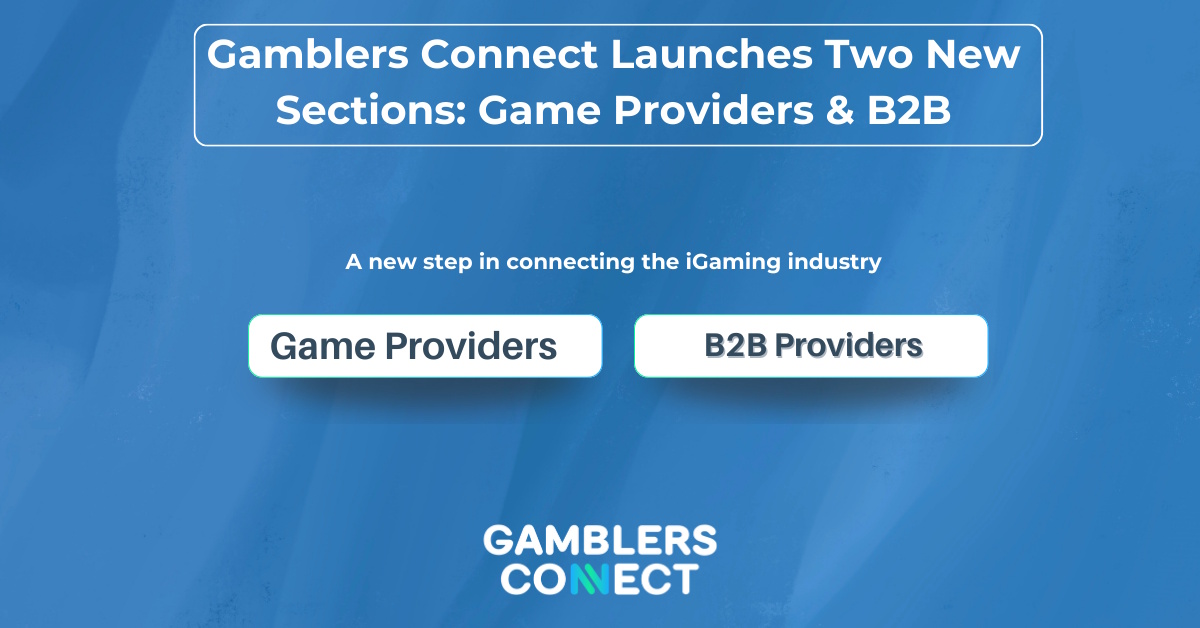
 Latest News7 days ago
Latest News7 days agoGamblers Connect Launches Dedicated ‘Game Providers’ and ‘B2B Providers’ Sections to Strengthen Industry Partnerships and Visibility
-
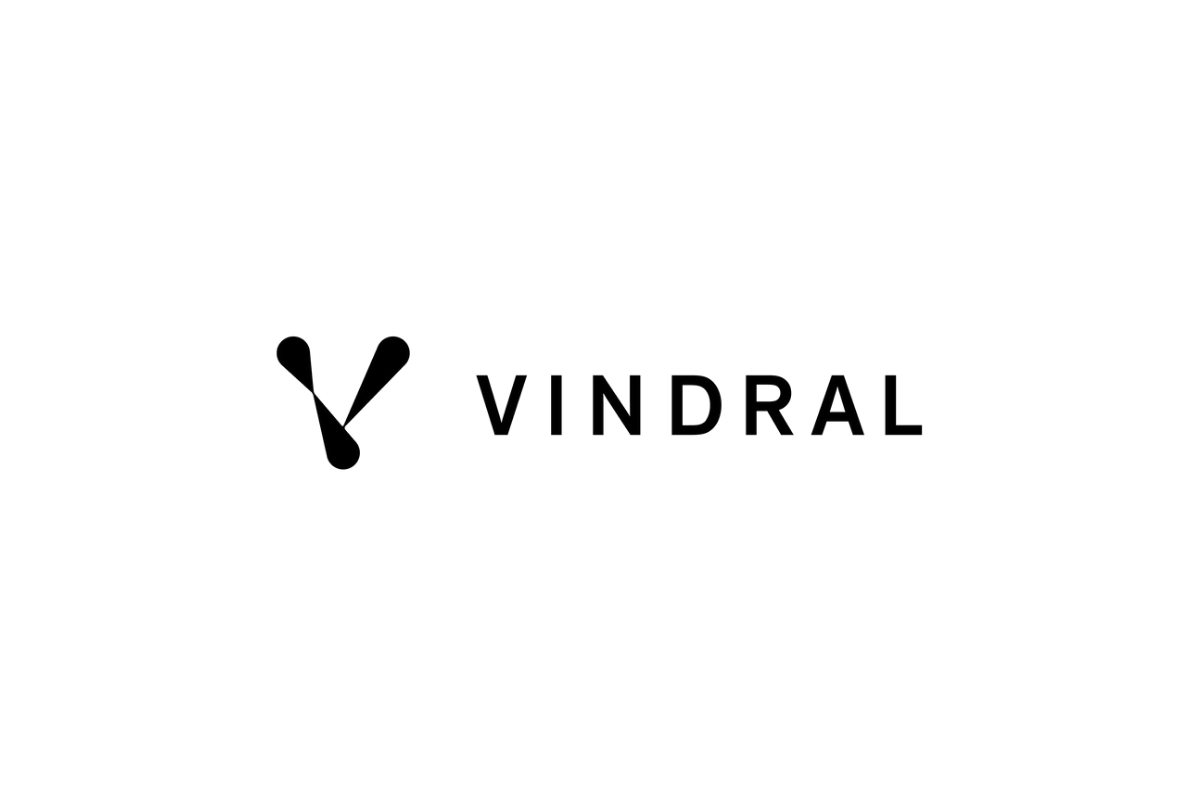
 Latest News4 days ago
Latest News4 days agoVindral appoints Henrik Fagerlund as Chairman of the Board
-
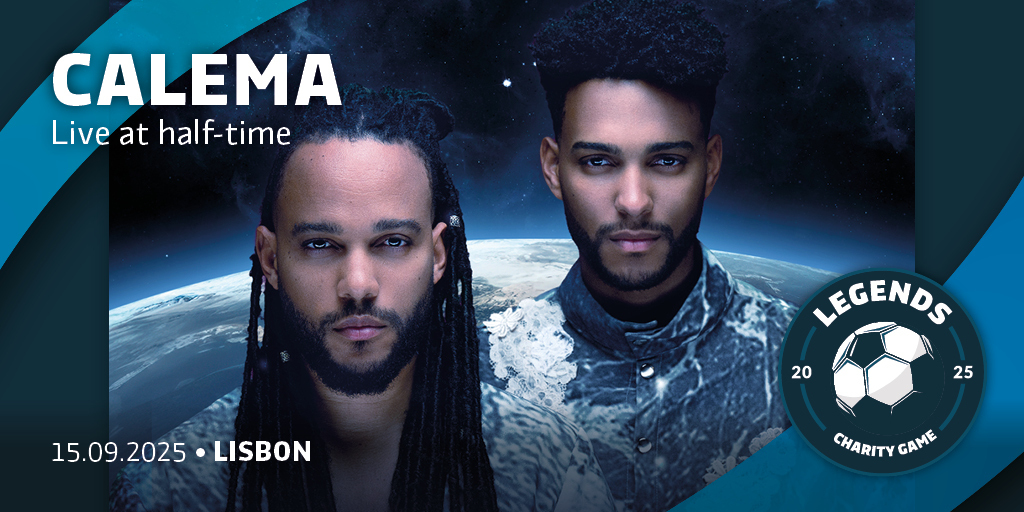
 Latest News4 days ago
Latest News4 days agoCalema to Perform at Legends Charity Game in Lisbon
-
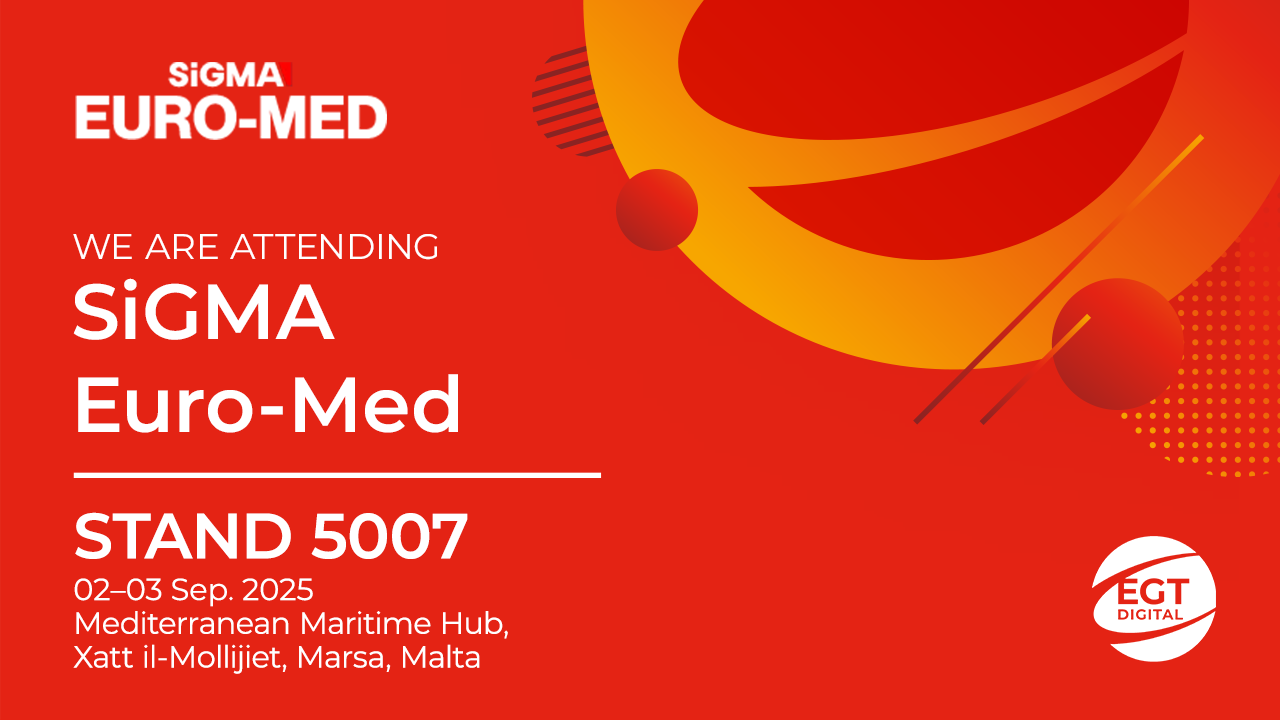
 Conferences in Europe4 days ago
Conferences in Europe4 days agoEGT Digital and EGT to rock the show at SiGMA Euro-Med 2025
-

 Latest News4 days ago
Latest News4 days agoPush Gaming redefines its portfolio, unveiling new game categories and sub-brand for extended player reach
